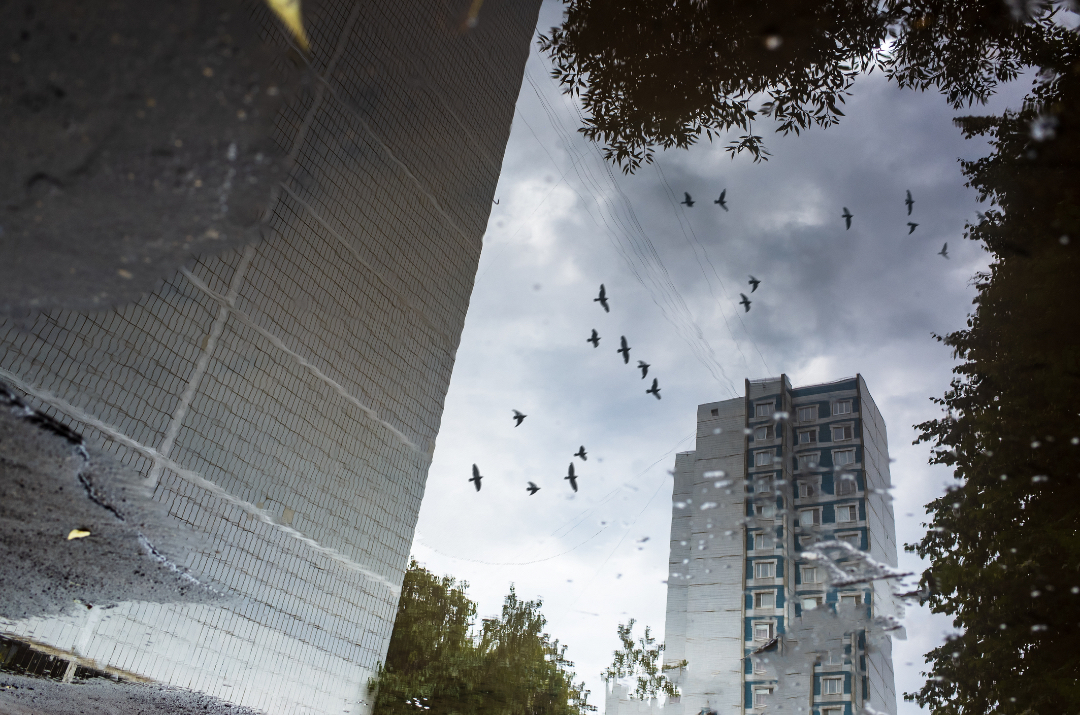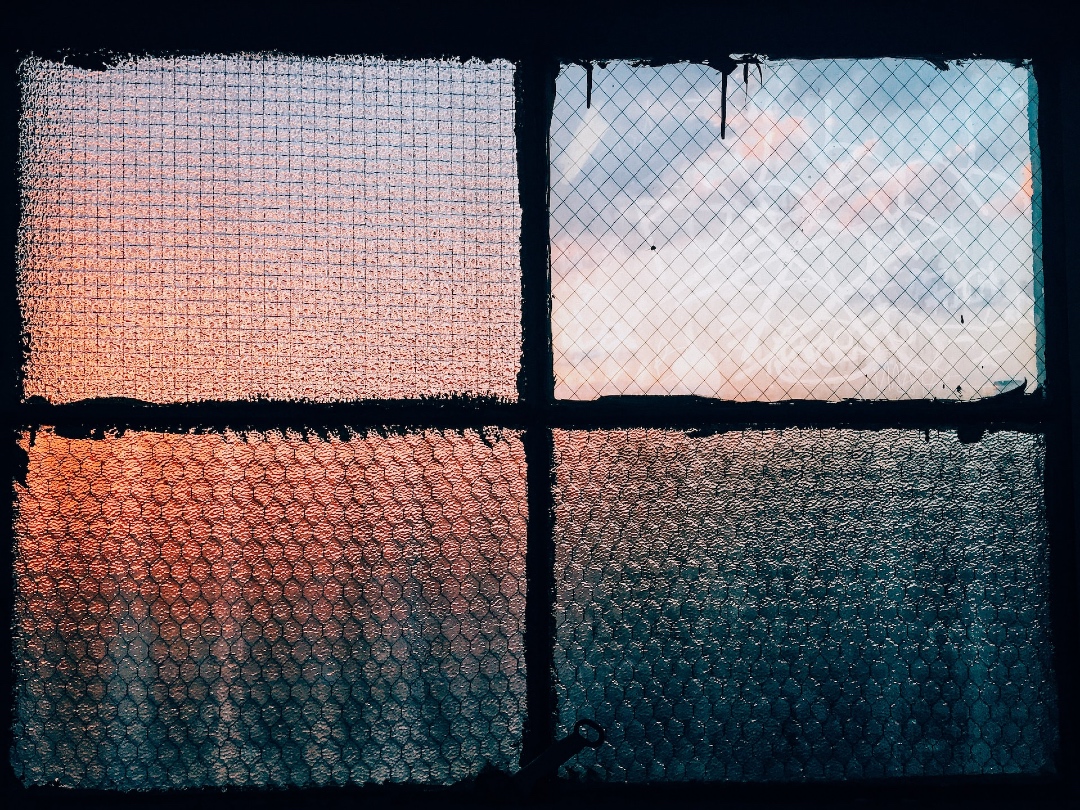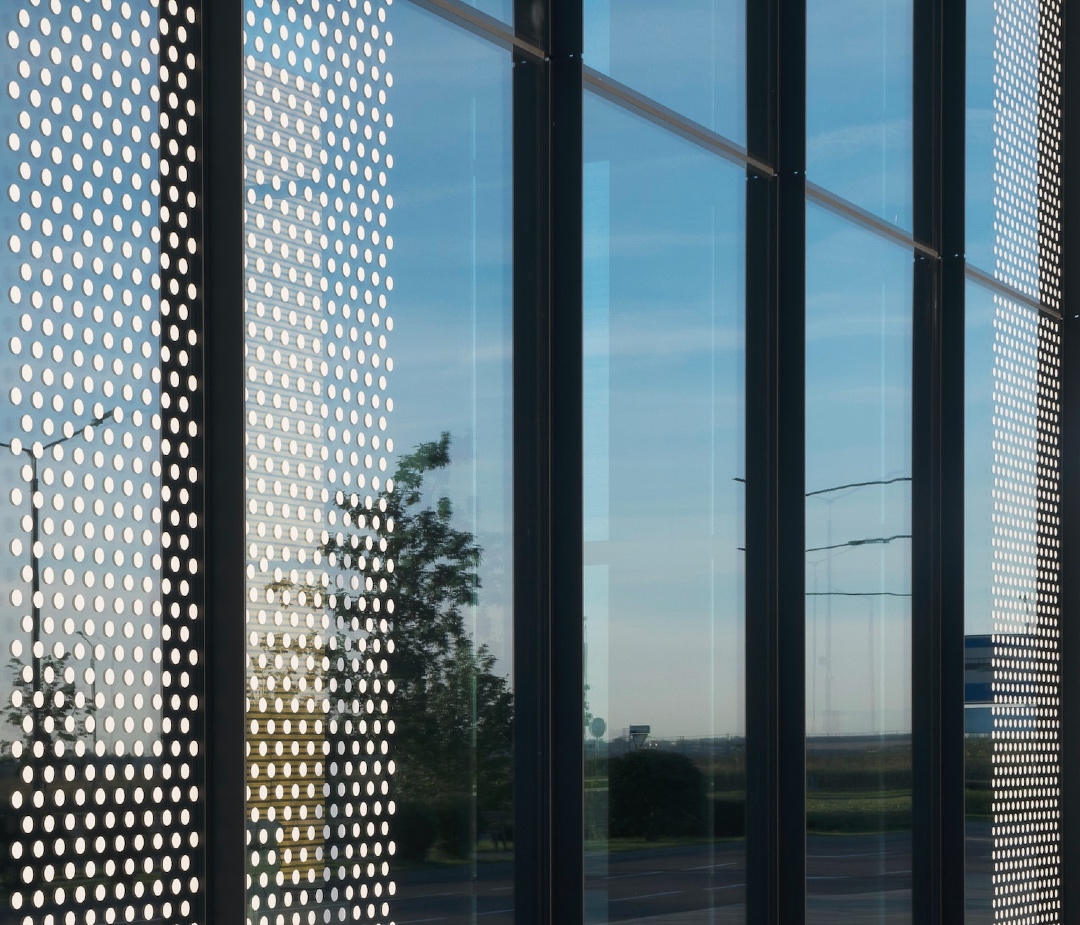PETA Says Billions Of Birds Could’ve Lived If Not For Irresponsible Architecture
By Mikelle Leow, 05 Sep 2022

Those stunning pillars in the sky with reflective glass exteriors are the archetypal skyscrapers of today, for a reason. However, what humans see as beautiful and additive to skylines can be deadly for birds.
Earlier on, we delved into research concluding that a simple paint job on the growingly prevalent wind turbines could significantly save the lives of birds and bats. In a similar vein, People for the Ethical Treatment of Animals (PETA) has pointed out that the design of buildings can also be reconsidered to incorporate the safety of the winged community.
Telling Dezeen, PETA’s general counsel for animal law Jared Goodman says bird mortalities could have been “easily” prevented if architects and planners had made adjustments to glazed and mirrored architecture.
Birds cannot tell that reflections are reflections. To them, the glass is a clear passage that they can swerve into to reach a tree or another part of the sky.
As a result, a billion birds reportedly die from collisions with architecture per year in the US alone, according to a 2017 study cited by PETA. In the UK, about 100 million are believed to be killed per year from crashing into buildings.
Goodman, however, acknowledges that these fatalities are usually a result of human negligence—or, at worst, indifference—unlike the cruel practices adopted by the fur industry. Shedding light on this lesser-known cause could thus inspire the architecture world to take accountability for “the sentient beings around us,” if not as a result of pressures by a more informed public.
One simple fix is to swap out regular glass for bird-friendly glass, says Goodman. Options include fritted glass (glass with patterns of ceramic dots to radiate light outwards); frosted glass; acid-etched glass; linear channel glass (glass with linear patterns); and films.

Other bird-safe glass types could be stained glass and, of course, opaque glass, according to Buildings.

Architects, however, could be most inclined to pick glass with ultraviolet-reflective coatings, which have layers invisible to the human eye but are obvious to birds, which can see UV light.
Using UV-reflective glass enables designers to bring their visions of mirrored skyscrapers to life while considering the survival of the avian community.
That’s not to say architects have been blind to this problem. In fact, Goodman commends the many who have begun adding bird-friendly glass to their designs. It goes to show that raising awareness and staying committed to protecting eco life “can prevent countless deaths,” he tells Dezeen.
In March, a bill proposed in Washington, DC called for upcoming buildings to officially switch to bird-safe glass. Going further back, the US House of Representatives passed a bill to cut down on the use of glass for federal buildings to safeguard the lives of creatures who spend their days in the sky.





